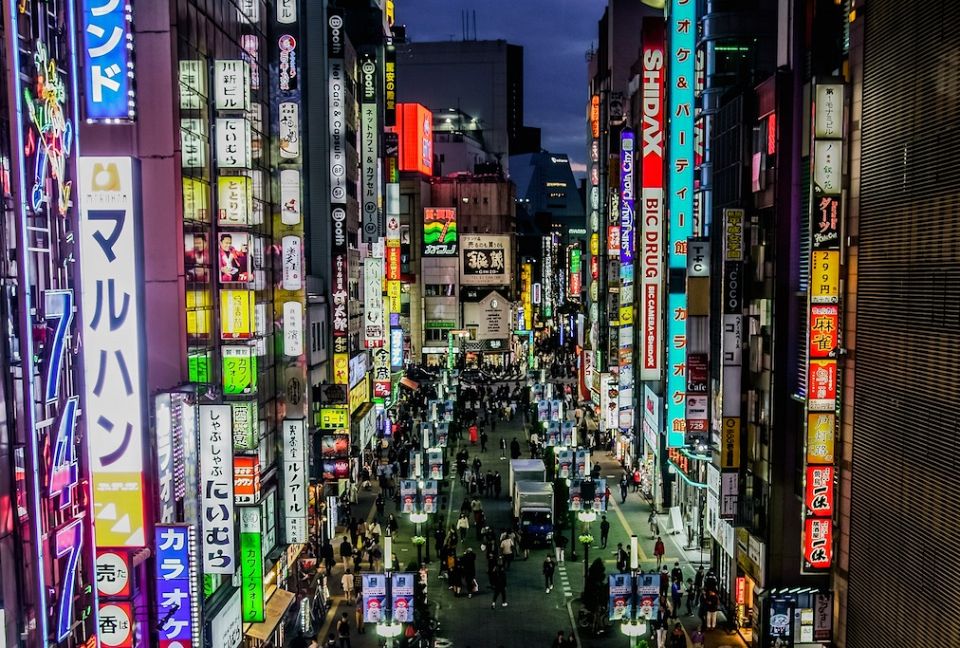How Japan is transforming its visitor economy for the Next Wave of Tourism
There are few destinations thinking about the potential of tourism as ambitiously as Japan, a country of just 126 million that has set an official goal to attract 40 million inbound visitors by 2020 and 60 million by 2030. Since 2016, when Prime Minister Shinzo Abe announced bold plans to make inbound tourism a keystone of Japan’s future growth and regional revitalization, public and private organizations throughout the country have been working to make this vision a reality.

So far the plan is paying off. According to statistics from the Japan National Tourism Organization (JNTO), which handles the promotion of tourism abroad, the country received a record 31.2 million inbound tourism arrivals in 2018, an increase of 8.7 percent from 2017. Now, thanks to upcoming international events like Rugby World Cup 2019 (coming to 12 venues countrywide) and the 2020 Summer Olympic and Paralympic Games in Tokyo, Japan seems to be on its way to achieving this goal.
But even as Japan’s ambitions for tourism continue to grow, there’s an increasing recognition of the challenges that must be addressed to make this vision a reality. “40 million is not easy to achieve,” acknowledged Mamoru Kobori, executive vice president of JNTO. Some solutions are more obvious, including increased investment in digital marketing and more focus on tourist-friendly amenities. Among the projects already in the works are a rollout of free Wi-Fi service in many of the country’s rail stations and bullet trains, more accessible taxi apps, and the countrywide deployment of new multi foreign-language signage, smartphone guide apps, and maps in key tourist hotspots.
Source: Skift

Les plus commentés